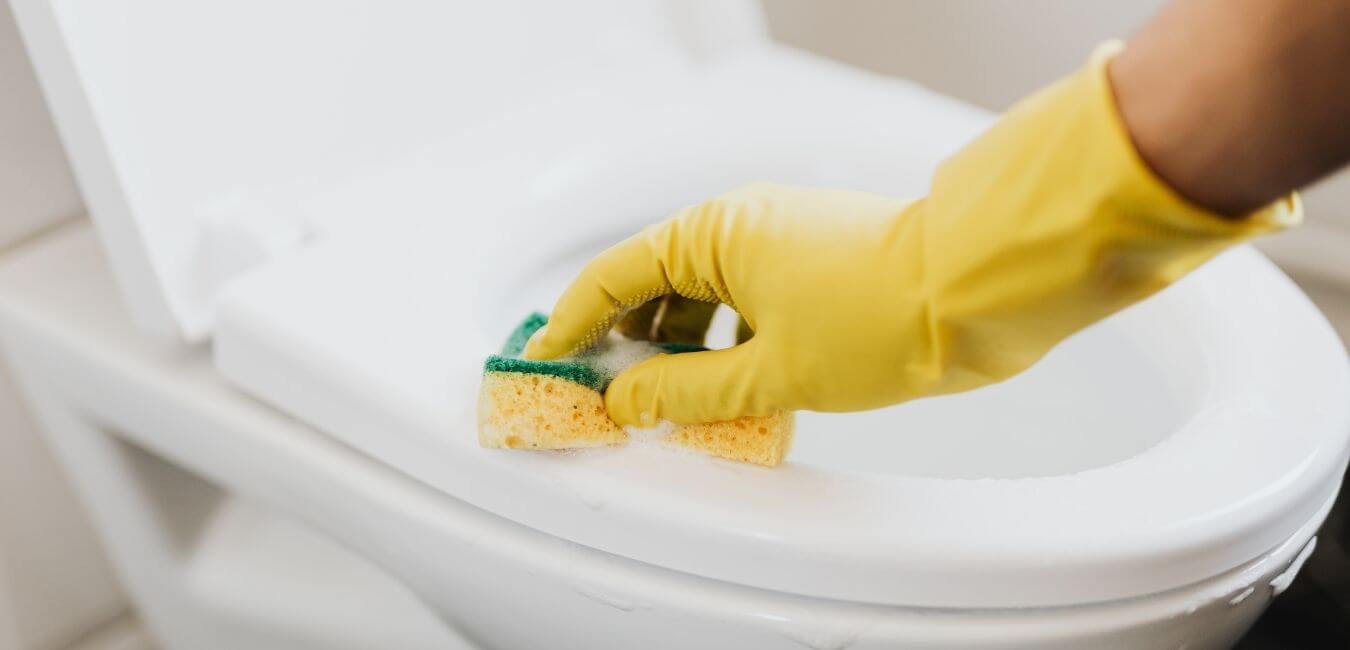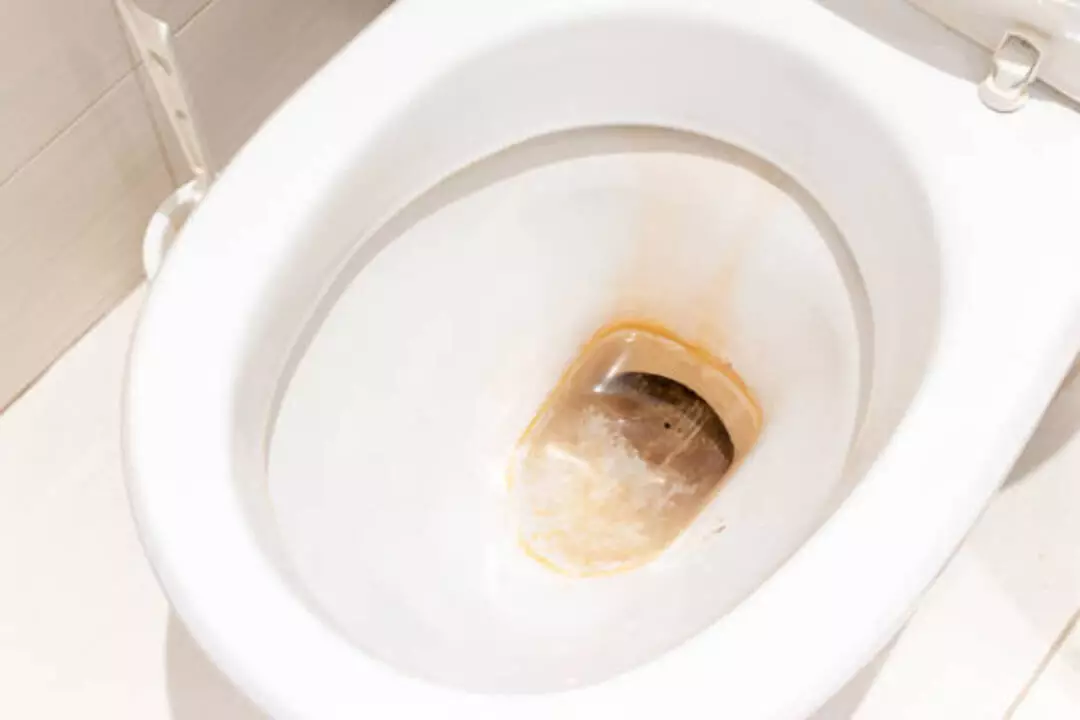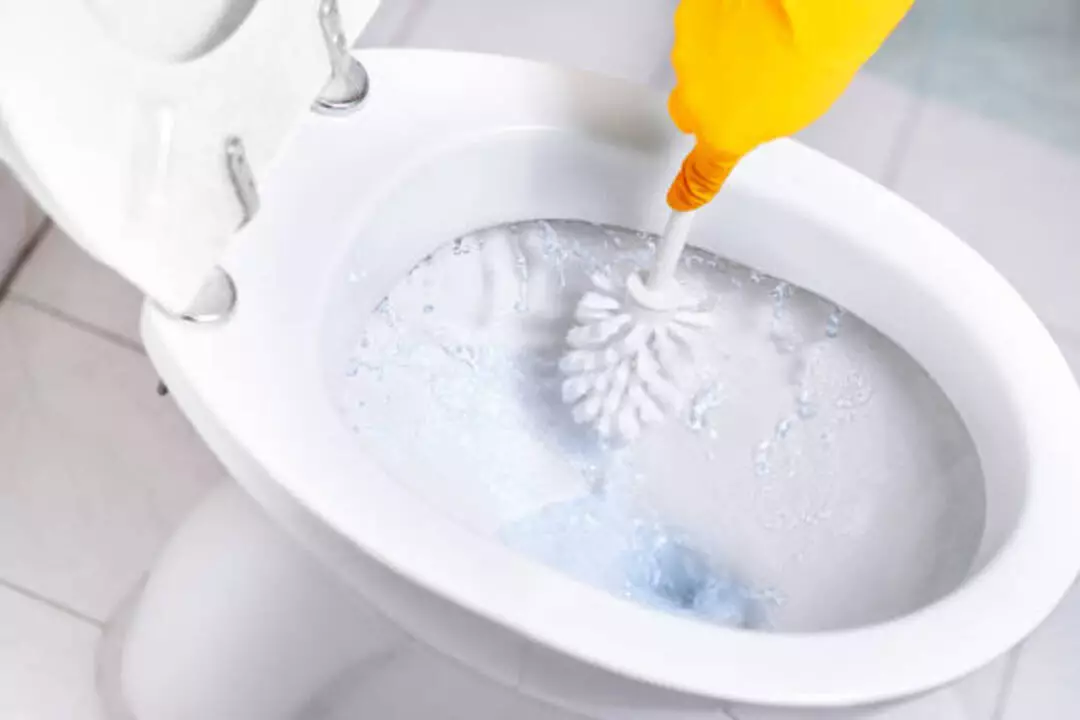Having trouble with stubborn stains on your unfinished wood floors? Despite their rustic charm, they can be a real challenge to clean. This blog post is loaded with effective, simple methods tailored specifically for untreated hardwood surfaces.
Don’t worry—we’ve got the details covered on the best cleaners, crucial factors to consider before diving in, and preventive measures for future protection. Let’s dive into a cleaner home!
Key Takeaways
- When removing stains from unfinished wood floors, consider factors such as the type of stain, type of wood, age of the stain, and safety precautions.
- Effective methods for removing stains include using vinegar, Murphy’s Oil, hydrogen peroxide, ammonia, or sanding if necessary.
- To prevent stains on unfinished wood floors, regularly clean and dust with a soft cloth. Use protective mats and rugs to avoid spills and water damage.
- Promptly clean up spills and avoid excessive water when cleaning to prevent permanent staining or damage.
Factors to Consider when Removing Stains from Unfinished Wood Floors

When removing stains from unfinished wood floors, it is important to consider factors such as the type of stain, the type of wood, the age of the stain, and safety precautions.
1. Type of stain
Stains on wood floors are not all the same. Some are from food and drink spills. Others may be from dirt, paint, or ink. Pet stains like urine also happen. Each type of stain needs a different way to be cleaned up.
If you see dark spots, it might be water damage or mold growth. Sticky stains mean something oily or gooey was spilled. Knowing what made the stain helps in choosing the best cleaning method to use.
2. Type of wood
There are different types of wood commonly used for unfinished wood floors, such as oak, maple, pine, and birch. The type of wood can affect the way stains respond to cleaning methods.
For example, some woods are more porous than others and may absorb stains deeper into the surface. Oak is known for its durability and resistance to stain penetration, while softer woods like pine may be more prone to staining.
It’s important to consider the type of wood when choosing a cleaning method or product to effectively remove stains without causing damage. Additionally, older or reclaimed wood floors may require extra care due to their unique characteristics and potential vulnerability.
3. Age of the stain
The age of the stain is an important factor to consider when removing stains from unfinished wood floors. Older stains may be more stubborn and require additional cleaning methods or products to effectively remove them.
The longer a stain has been on the wood, the deeper it may have penetrated into the surface, making it harder to eliminate completely. It’s essential to take extra care and patience when dealing with older stains to avoid damaging the wood while trying to remove them.
4. Safety precautions
To ensure your safety while removing stains from unfinished wood floors, there are a few precautions you should take. First, always wear protective gloves and goggles to protect your hands and eyes from any chemicals or debris.
Additionally, make sure the area is well-ventilated by opening windows or using fans to prevent inhaling fumes. It’s also important to read and follow the instructions on cleaning products carefully, as some may require dilution or specific application methods.
Finally, be cautious when using sandpaper to avoid injury – use gentle pressure and keep your fingers away from the sanding surface.
Effective Methods for Removing Stains
Some effective methods for removing stains from unfinished wood floors include vinegar, Murphy’s oil, and hydrogen peroxide. Read on to learn more about these stain-removal techniques!
1. Vinegar
Vinegar is a natural and effective method for removing stains from unfinished wood floors. Its acidic properties help break down tough stains without causing damage to the wood. To use vinegar, mix equal parts of white vinegar and warm water in a spray bottle.
Spray the mixture directly onto the stain and let it sit for a few minutes. Then, scrub the area gently with a soft cloth or sponge. Finally, rinse the floor with clean water and dry it thoroughly to prevent any moisture damage.
Vinegar not only helps remove stains but also acts as a natural disinfectant, killing bacteria on your wood floors. It is safe to use on most types of unfinished wood, but always test it in an inconspicuous area first to ensure that it doesn’t cause any discoloration or damage.
Remember that vinegar should be used in moderation and not excessively applied to your wood floors. Using too much vinegar or applying it too frequently can dull the finish of your floor over time.
So, use vinegar sparingly as part of your stain removal routine for best results.
2. Murphy’s Oil
One effective method for removing stains from unfinished wood floors is using Murphy’s Oil. Murphy’s Oil is a popular cleaning product that is specifically designed for wood surfaces.
It contains natural ingredients like vegetable oil and pure orange oil, which help to clean and nourish the wood without causing any damage or leaving behind residue. To use Murphy’s Oil, simply apply it to a soft cloth or mop, then gently rub it into the stained areas of your unfinished wood floor.
Allow the oil to penetrate the stain for a few minutes before wiping away any excess with a clean cloth. This gentle yet effective method can help to remove stains while also enhancing the natural beauty of your unfinished wood floors.
3. Trisodium Phosphate
Trisodium phosphate, also known as TSP, is a powerful cleaning agent that can be used to remove tough stains from unfinished wood floors. It is particularly effective at removing grease and grime.
To use TSP, mix it with water according to the instructions on the packaging and apply it to the stained area. Scrub gently with a soft brush or cloth, and then rinse thoroughly with clean water.
Be sure to wear gloves and protective eyewear when using TSP, as it can be irritating to the skin and eyes. Additionally, avoid using TSP on painted surfaces or in areas where there is food preparation.
4. Hydrogen Peroxide
Hydrogen peroxide is another effective method for removing stains from unfinished wood floors. It has powerful bleaching properties that can help lighten and remove stubborn stains, such as ink or red wine spills.
To use hydrogen peroxide, simply apply a small amount directly to the stain and let it sit for a few minutes. Then, gently scrub the area with a soft cloth or sponge until the stain is lifted.
Remember to always test hydrogen peroxide on a small, inconspicuous area of your wood floor before using it on larger stains to ensure it doesn’t cause any damage. Additionally, be sure to rinse the area thoroughly with water after treating it with hydrogen peroxide to remove any residue.
5. Ammonia
Ammonia is another effective method for removing stains from unfinished wood floors. It is a strong cleaning agent that can break down tough stains and dirt on the surface of the wood.
To use ammonia, dilute it with water in a 1:10 ratio and apply it to the stained area using a soft cloth or sponge. Gently scrub the stain in circular motions until it starts to fade away.
Afterward, rinse the area with clean water and dry it thoroughly. However, remember to wear protective gloves and work in a well-ventilated area when using ammonia as it can be harsh on the skin and emit strong fumes.
6. Sanding (if necessary)
If you have deep and stubborn stains on your unfinished wood floors, sanding might be necessary to remove them. Sanding involves using fine-grit sandpaper to gently rub the surface of the wood, removing the top layer along with the stain.
It is important to frequently wipe away the dust and check your progress as you go. Remember to start with a less coarse sandpaper and gradually work your way up if needed. Sanding can help restore the natural beauty of your wood floors, but it should be done carefully to avoid damaging the wood.
Preventive Measures to Avoid Stains

To avoid stains on unfinished wood floors, take preventive measures such as regular cleaning and dusting, using protective mats and rugs, promptly cleaning spills, and avoiding water damage.
1. Regular cleaning and dusting
To keep your unfinished wood floors looking their best, regular cleaning and dusting is essential. Use a soft, damp cloth to remove dirt and debris from the surface of the wood. Avoid using excessive water or harsh chemicals, as these can damage the wood.
Instead, opt for gentle cleaners specifically made for unfinished wood floors. Dusting should be done frequently to prevent scratches and buildup of dirt. By taking these preventive measures and incorporating regular cleaning and dusting into your routine, you can maintain the beauty of your unfinished wood floors for years to come.
2. Using protective mats and rugs
To prevent stains on your unfinished wood floors, it’s important to use protective mats and rugs. These provide a barrier between the floor and any potential spills or dirt that could cause stains.
Place mats near entryways to capture dirt and debris from shoes before it gets onto the floor. Use rugs in high-traffic areas or under furniture to protect the wood from scratches and scuffs.
If something spills, make sure to remove the mat or rug promptly so that moisture doesn’t get trapped underneath, which can lead to water damage. By using these protective measures, you can keep your unfinished wood floors looking clean and stain-free for longer.
3. Promptly cleaning spills
To keep your unfinished wood floors looking their best, it’s important to promptly clean up any spills that occur. This is because spills can seep into the wood and cause permanent stains or damage.
To clean up a spill, start by wiping away any excess liquid with a soft cloth or paper towel. Then, dampen a clean cloth with warm water and gently blot the stained area, being careful not to rub or scrub too vigorously.
If the stain doesn’t come out with water alone, you can try using a mild dish soap solution on a damp cloth. Just make sure to rinse the area thoroughly afterward and dry it completely to prevent any moisture from penetrating the wood.
4. Avoiding water damage
To avoid water damage on your unfinished wood floors, it’s important to take preventative measures. Always wipe up spills immediately using a soft cloth or paper towel. Avoid using excessive water when cleaning the floors and make sure to dry them promptly.
Using protective mats or rugs in areas prone to spills can also help prevent water damage. Additionally, be cautious with plants or flower vases that may leak onto the floor and cause moisture buildup.
By being proactive and mindful of potential water sources, you can keep your unfinished wood floors looking their best for years to come.
Proper Cleaning Techniques for Unfinished Wood Floors

Use a damp cloth for daily cleaning, avoid excessive water, test cleaning solutions in a small area, and dry the floor promptly. Learn more about maintaining the beauty of your unfinished wood floors.
1. Use a damp cloth for daily cleaning
To keep your unfinished wood floors clean on a daily basis, all you need is a damp cloth. Simply wet the cloth with water and wring out any excess moisture. Then, gently wipe down the surface of the floor to remove dust, dirt, and other debris.
Make sure not to use excessive water, as this can damage the wood. It’s also important to avoid using harsh cleaning chemicals or abrasive scrub pads, as these can scratch or dull the finish of your unfinished wood floors.
By using a damp cloth for daily cleaning, you’ll be able to maintain the beauty of your floors without causing any harm.
2. Avoid using excessive water
To effectively clean unfinished wood floors, it’s important to avoid using excessive water. Water can seep into the wood and cause it to warp or buckle over time. Instead, use a damp cloth or mop for daily cleaning.
This will help remove dirt and debris without saturating the wood. If you need to deep clean your floors, be sure to wring out the cloth or mop thoroughly before applying any cleaning solution.
By using minimal water during the cleaning process, you can protect your unfinished wood floors and ensure their longevity.
3. Test cleaning solutions in a small and inconspicuous area
Before applying any cleaning solution to your unfinished wood floors, it’s essential to test it in a small and inconspicuous area first. This will help you determine if the solution is safe for your specific type of wood and if it causes any adverse effects like discoloration or damage.
By conducting this test, you can avoid potential harm to your floors and ensure that the cleaning solution is effective in removing stains without causing further issues. Take the time to carry out this simple step before proceeding with cleaning your entire floor.
4. Dry the floor promptly
After cleaning your unfinished wood floor, it’s important to dry it promptly. Excess moisture can seep into the wood and cause damage over time. To dry the floor, use a clean, absorbent cloth or towel to carefully remove any lingering moisture.
Make sure to reach all areas of the floor, including corners and edges. If necessary, you can also use a fan or open windows to help speed up the drying process. Remember that leaving a wet floor for too long can lead to warping or staining.
So, take the extra step to ensure your wood floor is completely dry before walking on it or placing furniture back in its place.
Conclusion
In conclusion, when it comes to removing stains from unfinished wood floors, there are several effective methods that you can try. Factors like the type of stain, type of wood, and age of the stain should be considered before choosing a method.
Additionally, taking preventive measures such as regular cleaning and using protective mats can help avoid stains in the first place. By following these tips and techniques, you can keep your unfinished wood floors looking clean and beautiful for years to come.
FAQs

1. What is the best cleaner for unfinished hardwood floors?
Natural oils and dish soap solutions are often the best cleaners for cleaning and polishing unfinished wood floors as they are gentle.
2. How can I remove dirt and stains from my wood floor?
You can use a damp cloth to clean off light dirt, but stain removal techniques like scrub pads should be used for stubborn stains on unsealed hardwood floors.
3. How do I maintain an unfinished wood floor?
Unfinished wood flooring maintenance involves regular clearing of dirt and debris, avoiding abrasive objects, adopting preventive measures to minimize staining, along with periodic deep cleaning.
4. Can urine stains be removed from hardwood floors?
Yes! Urine stains can be tough but they can be removed from wood floors using proper techniques such as a mix of dish soap and water or special products meant for this purpose.
5. Does removing dark or black stains differ from other stain removals?
Removing dark or black stains, which could occur due to various reasons does require more effort than usual stain removals; however effective methods exist that include DIY cures and natural remedies meant particularly for these stubborn spots on your hardwood flooring.
6. Are there any natural options to clean unfinished wood floors?
Yes! Natural cleaning options like certain types of oil not only work well in removing stubborn spots but also help keep your solid hardwood flooring shiny while serving as a preventive measure against potential future staining.












